This story excerpt was translated from Spanish. To read the original story in full, visit Ojo Público. Our website is available in English, Spanish, bahasa Indonesia, French, and Portuguese.
In the north of La Paz, Bolivia, dozens of mining camps run by Chinese nationals operate 24 hours a day, 365 days a year, to extract gold. Employees and local inhabitants claim that they work for Chinese companies that hide behind mining cooperatives, in exchange for a rent. In this way, they enrich themselves with Bolivian gold without paying taxes and contaminate the rivers with mercury and other toxic waste that later reaches the Madidi National Park.
When we wake up, the first thing we hear is the scandalous sound of stones hitting a metal plate. It doesn't matter that we are more than 200 meters from the site of a mining camp in Mayaya, a community in the Amazon rainforest north of La Paz, Bolivia: the roar overshadows the singing of birds and the calm progress of the river.

As a nonprofit journalism organization, we depend on your support to fund journalism covering underreported issues around the world. Donate any amount today to become a Pulitzer Center Champion and receive exclusive benefits!
It is 5:50 a.m. on Saturday, September 10. It is still dark, but already the engines of the dump trucks are rumbling as they line up to pick up the removed sand and then carry it to the top of an artificial hill. They deposit it so that a backhoe can place it in the machine through which the stones fall on carpets with thick plastic bristles, where the gold remains, little by little.
The work in the mining camps of Mayaya, in the municipality of Teoponte in La Paz, never stops. Thousands of workers work in 11-hour shifts in gigantic areas of sterile soil, which breaks through like a disease. From here, the Kaka River is poisoned, whose waters, kilometers downstream and together with other streams, kiss the shores of the Madidi National Park.
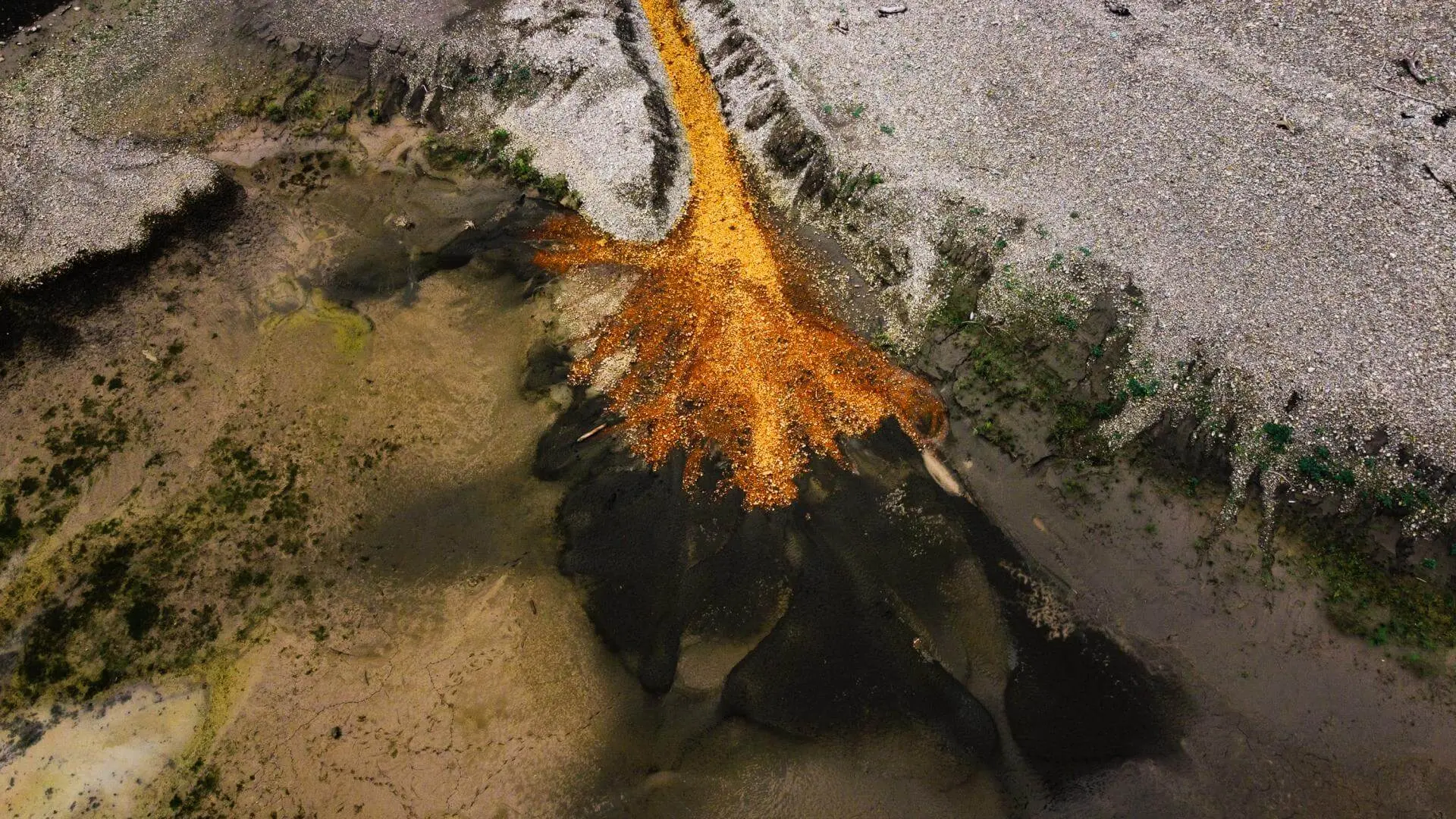
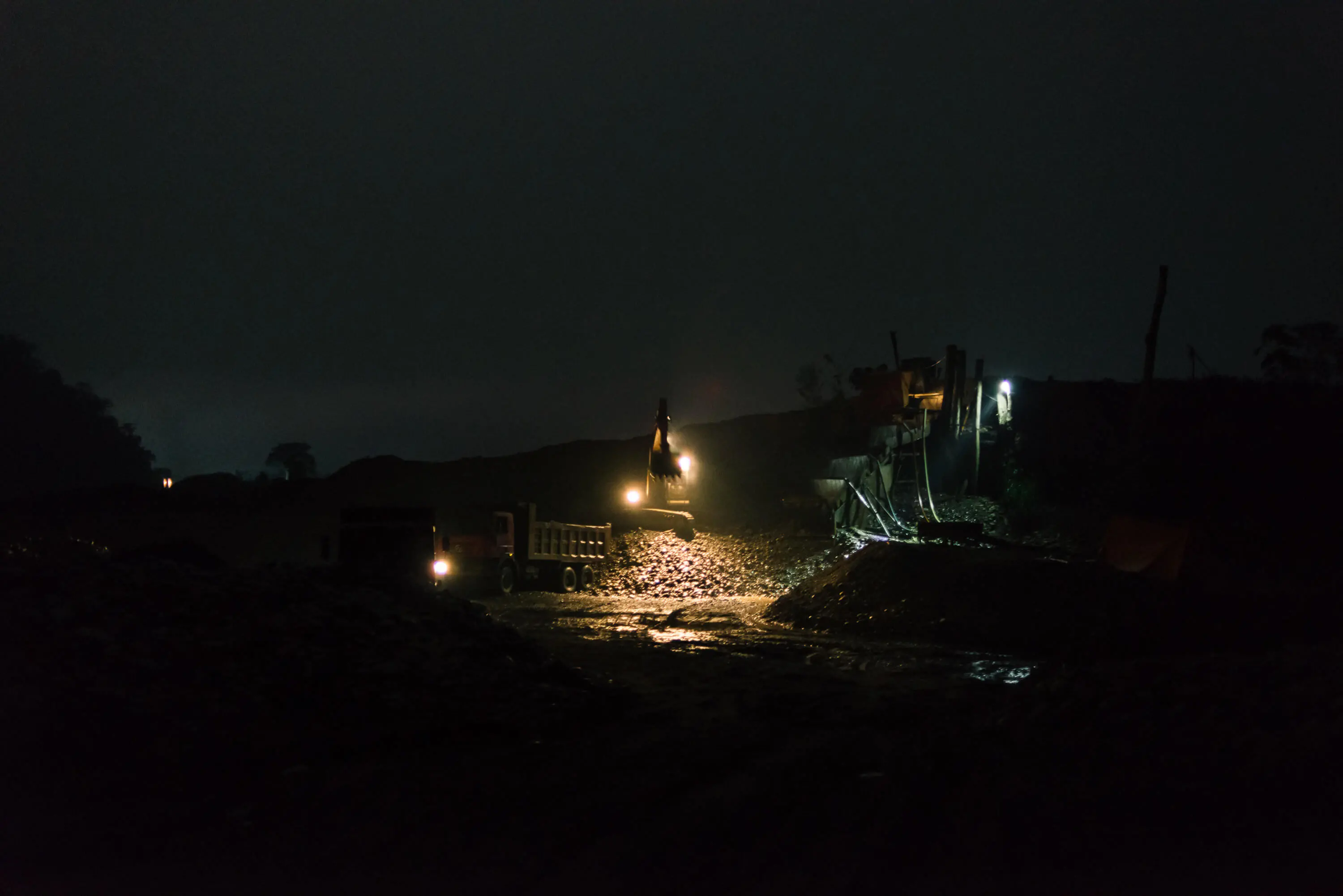
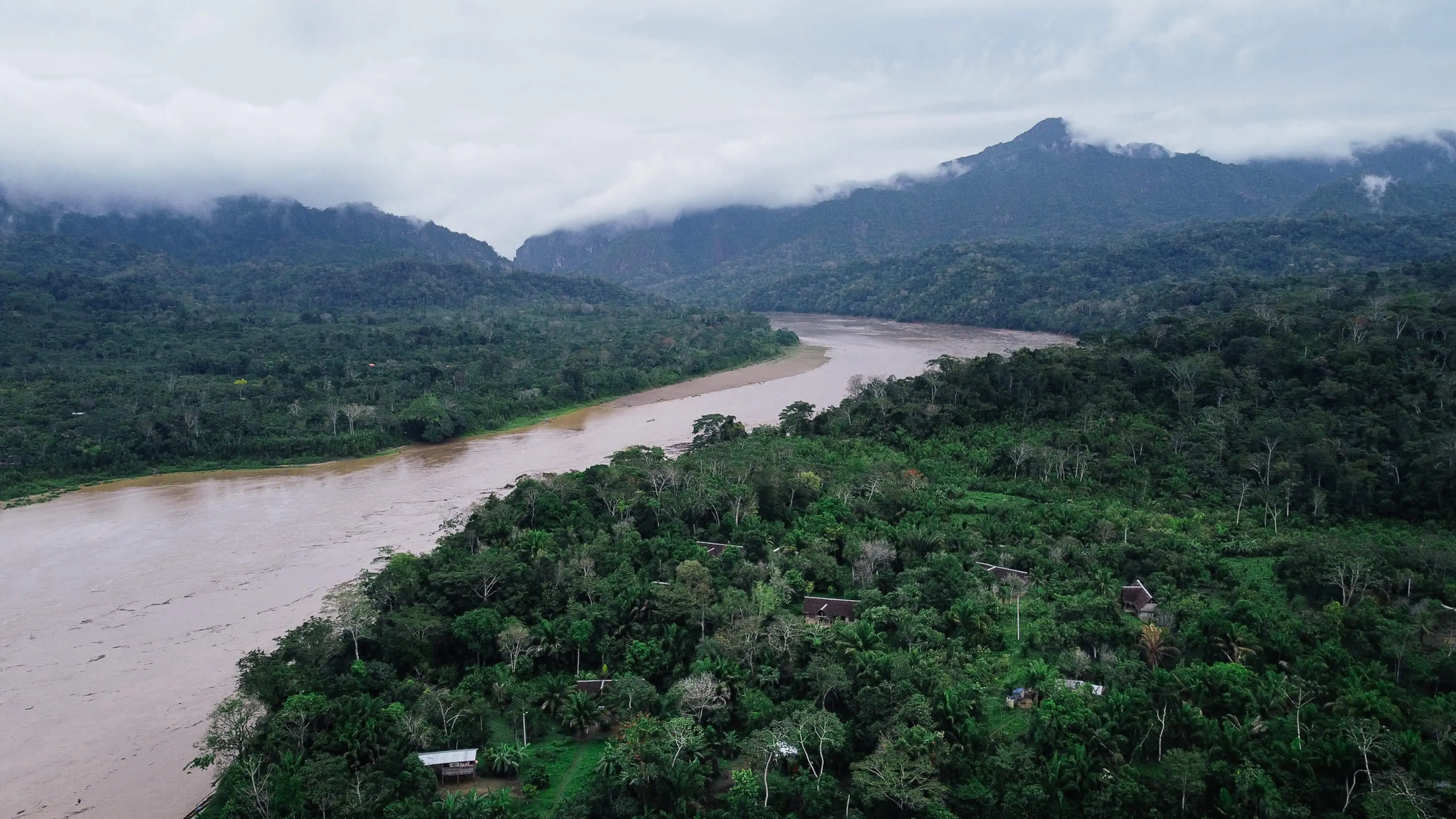

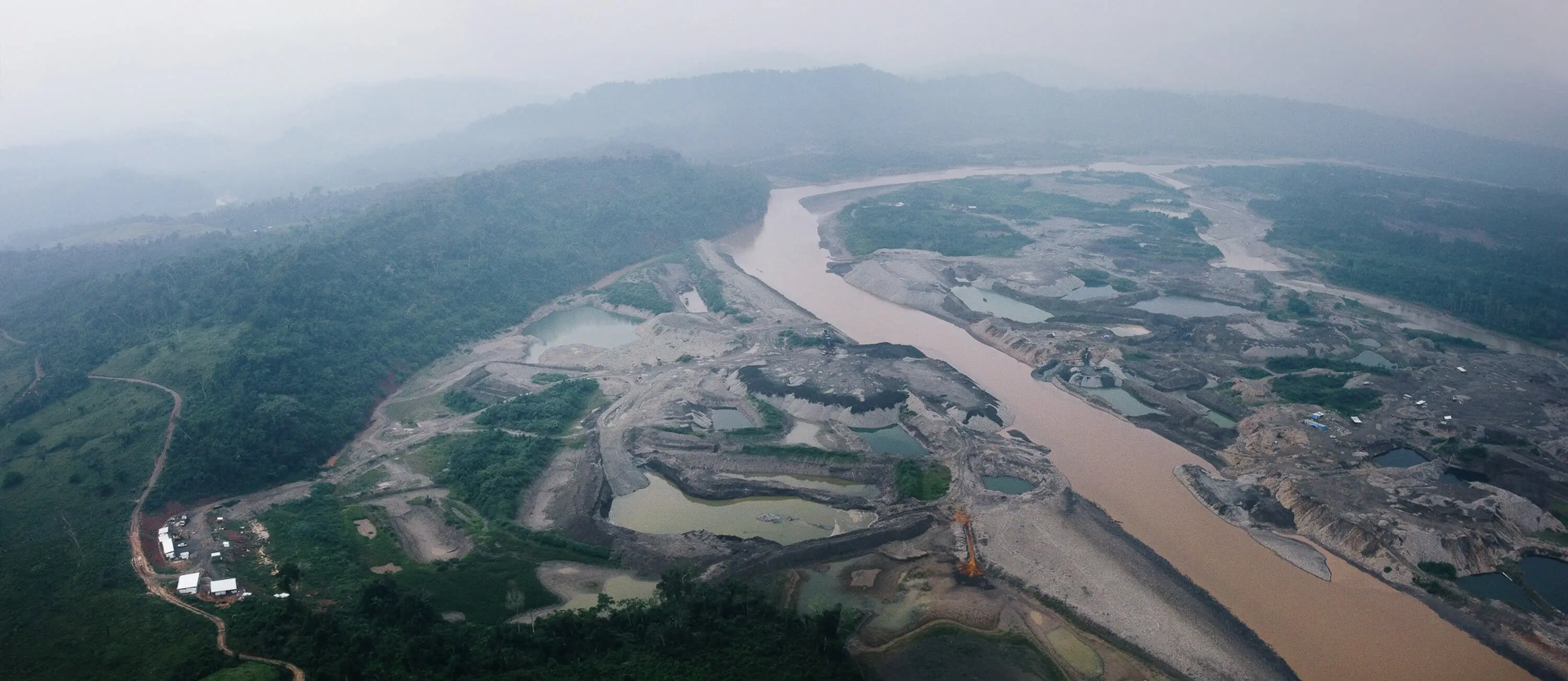
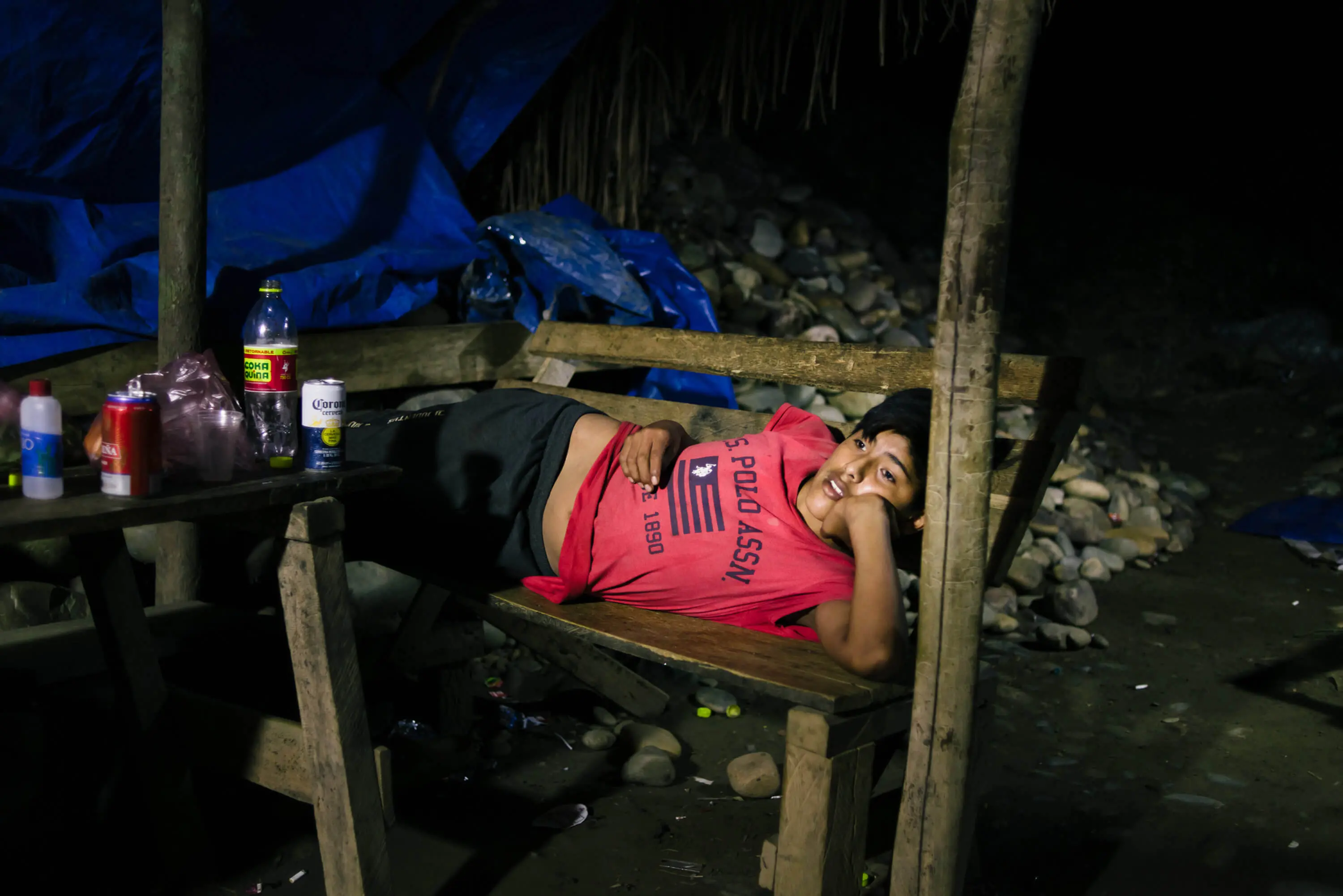
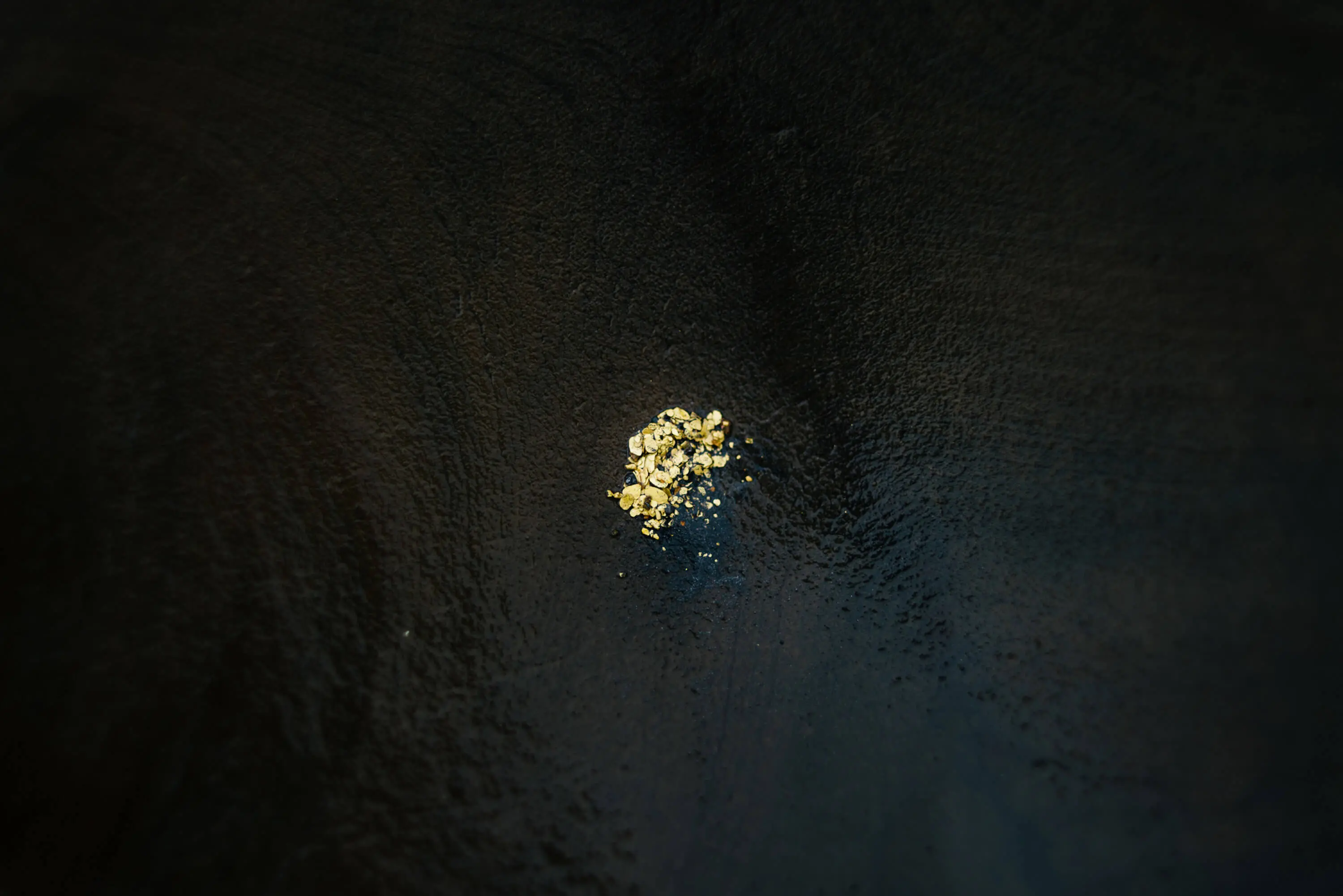
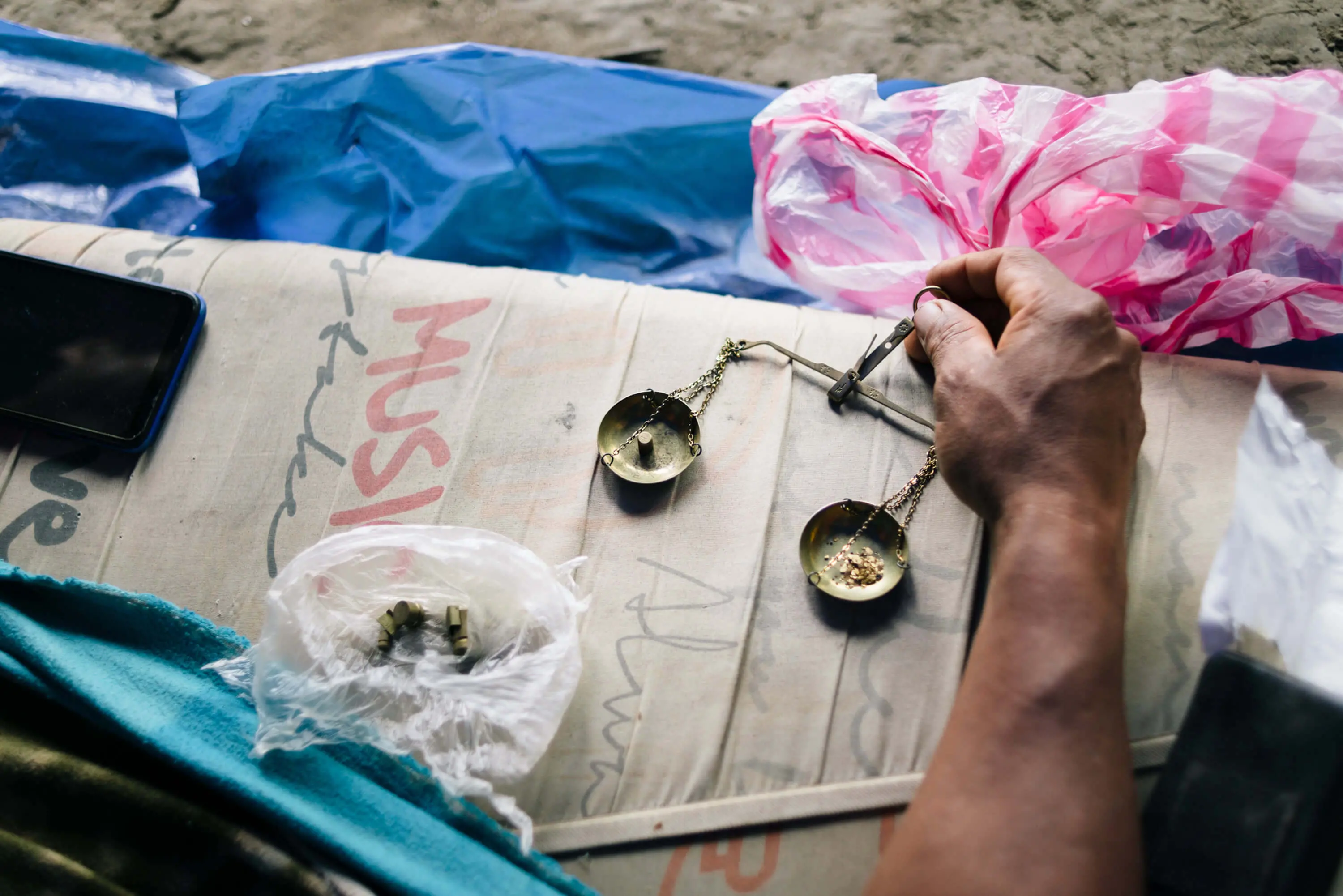
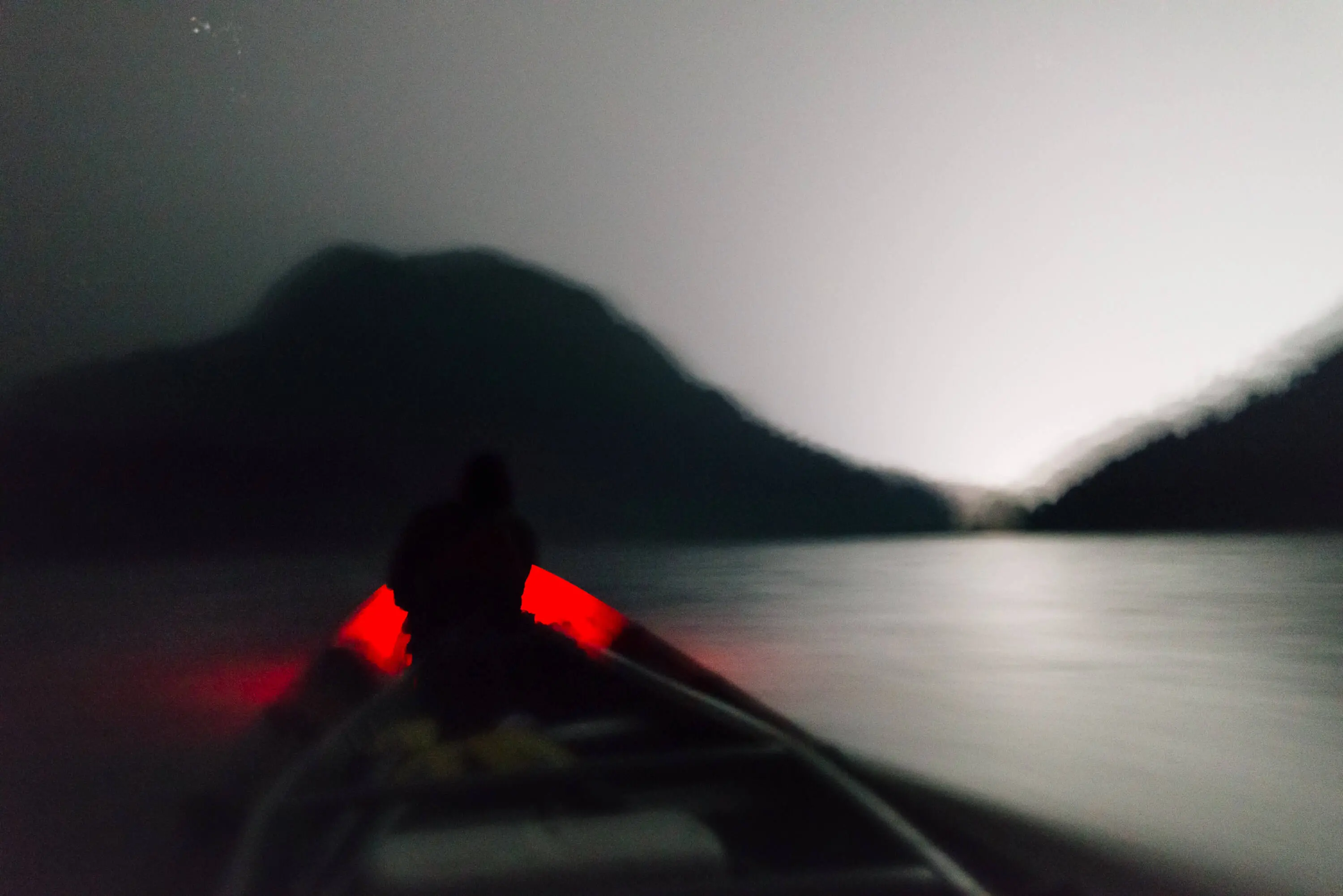
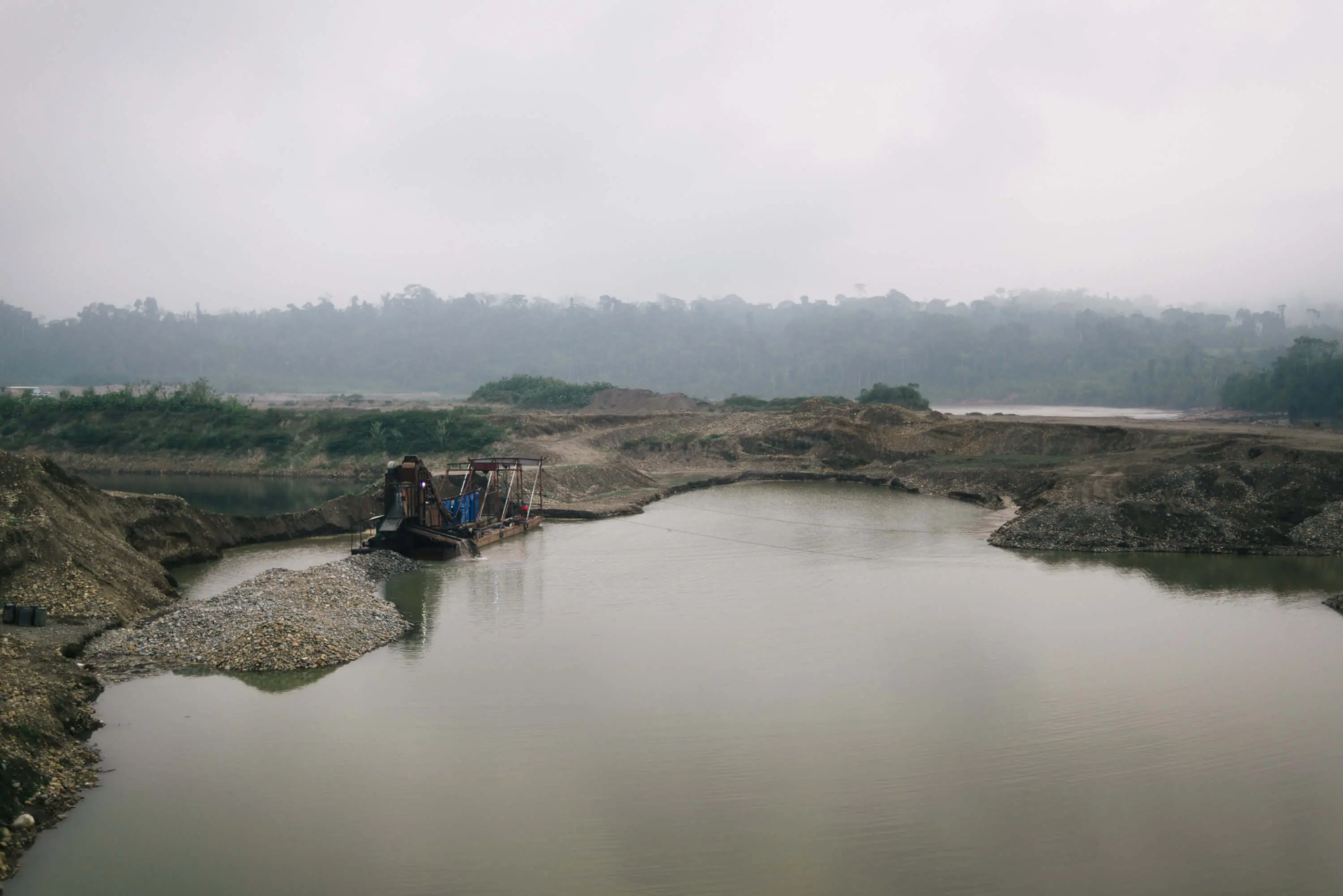
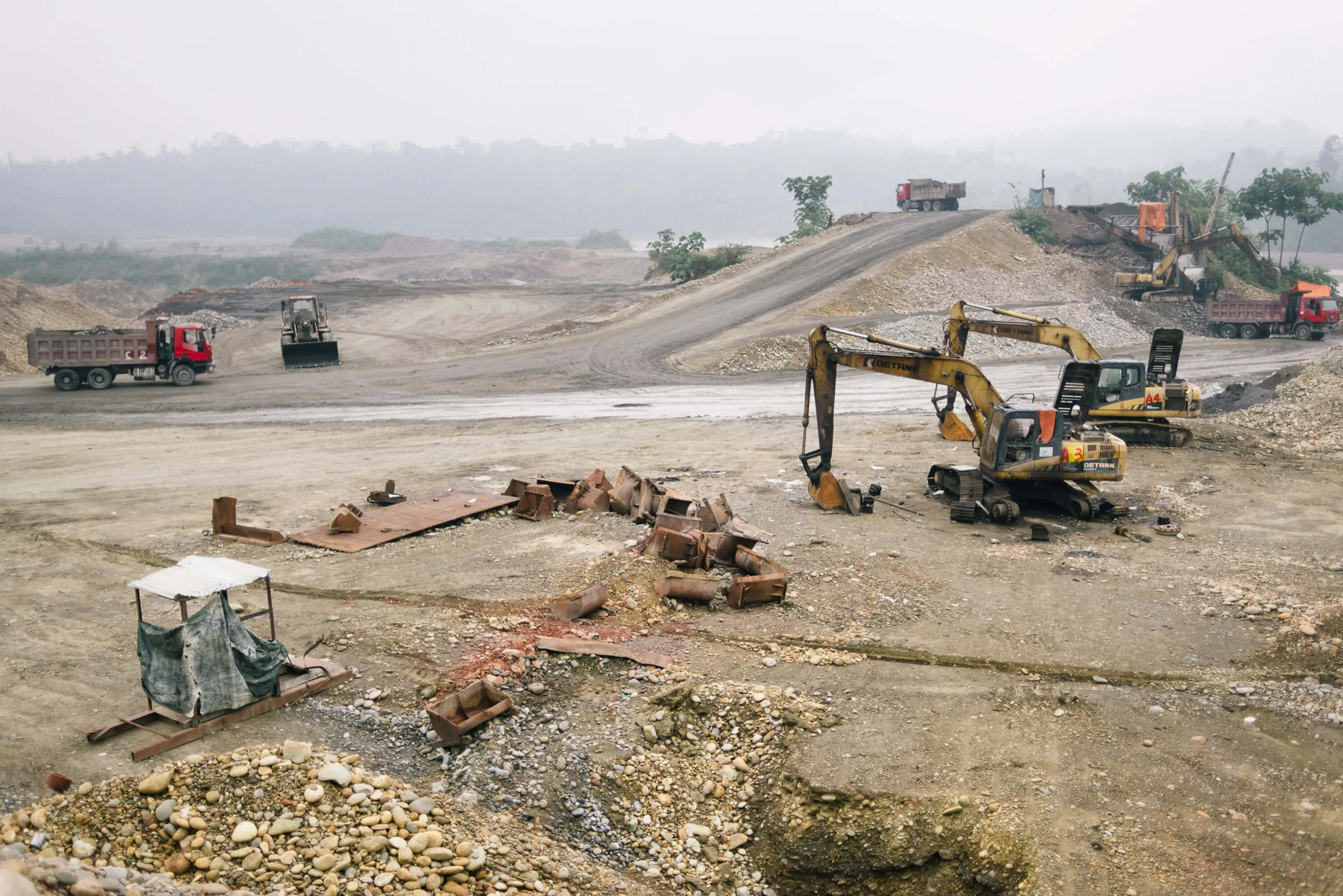
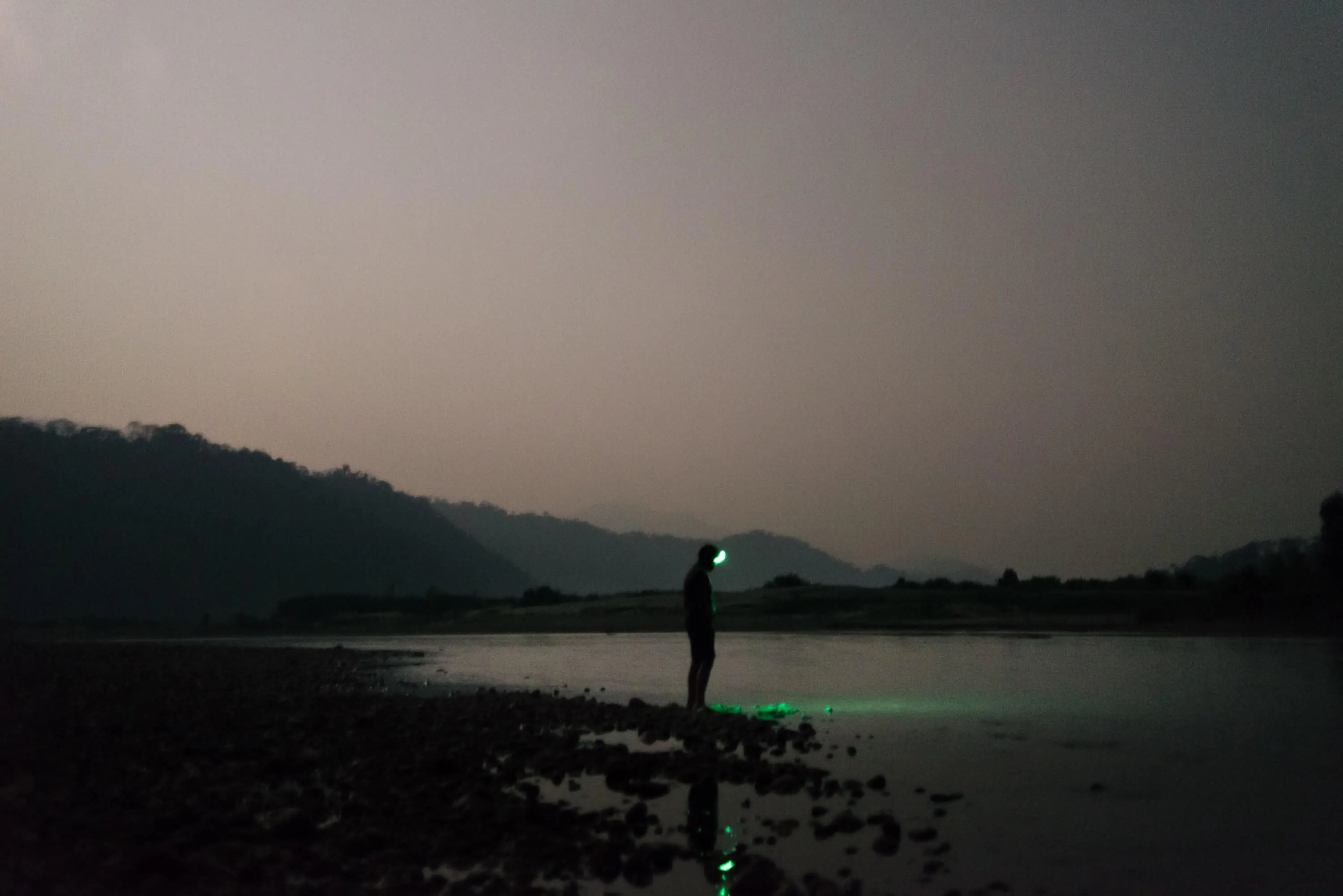
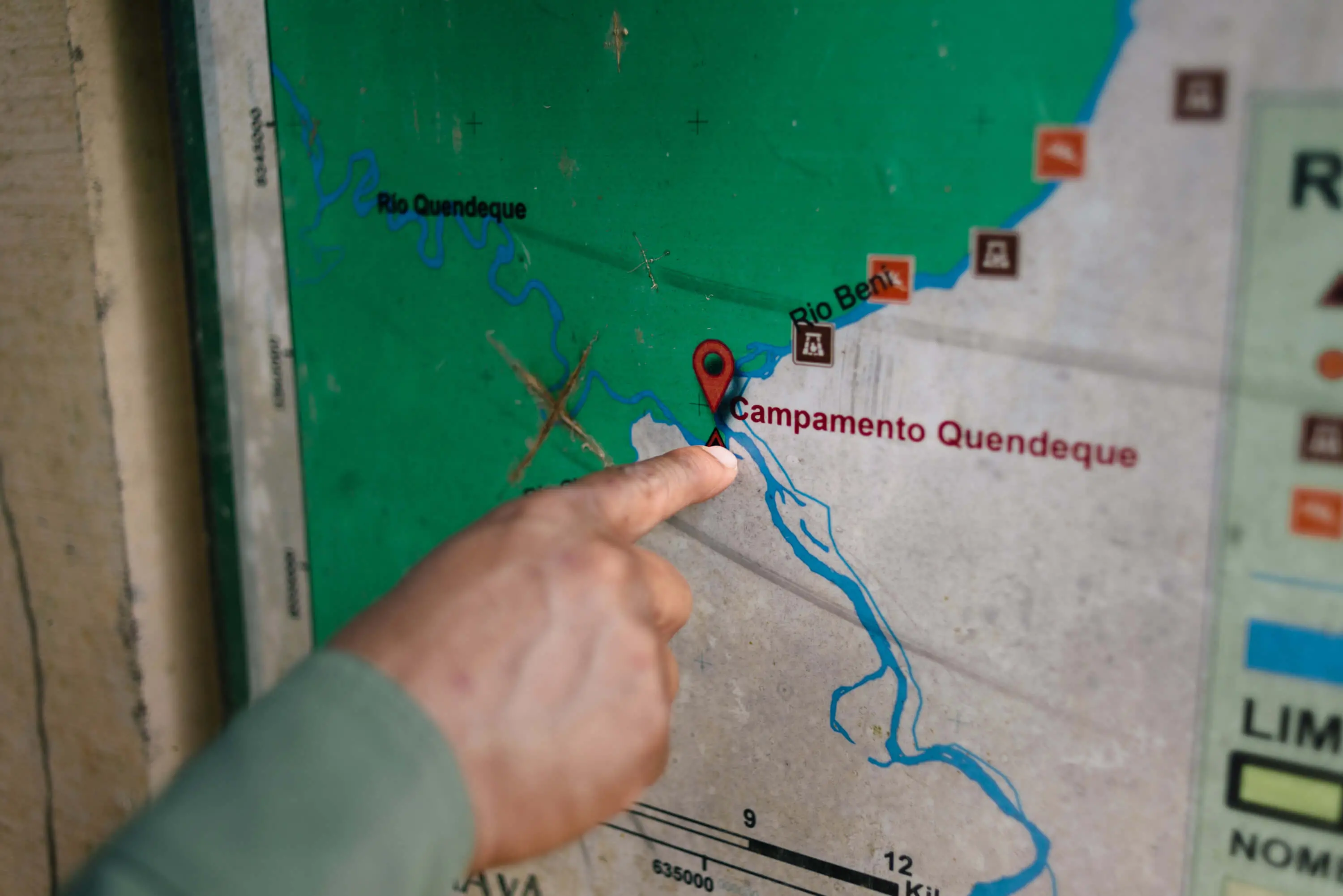
- View this story on Vist Projects
- View this story on Agenda Propia










